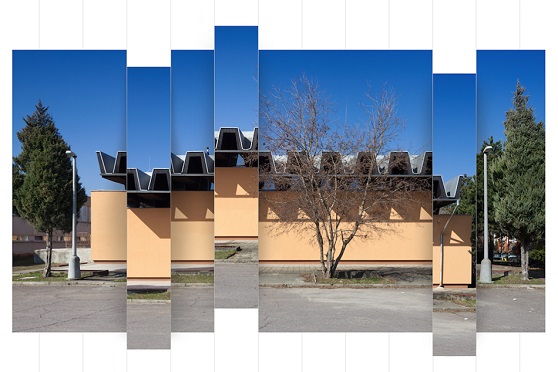
The exhibition in Brno presents architect Dvořák and the fate of his buildings
 |
Brno - The Museum of the City of Brno has dedicated a new exhibition at Špilberk to the work of architect Jan Dvořák and the complicated relationship of the general public to buildings from the normalization era. It draws on the architect's extensive legacy, which the museum acquired some time ago into its collections. According to experts, Dvořák's work has yet to receive proper recognition; his buildings suffer from modern interventions, renovations, and even demolitions.
According to the creators of the exhibition, an important trace of Brno's modern history is thus disappearing. The fate of Dvořák's projects serves as an "exemplary case" and forms the main thread of the exhibition.
The exhibition is entitled Unwanted Heritage, which more generally points to the gradual disappearance of quality architectural and artistic works by various authors of the same generation. Heritage protection is currently quite rare for buildings from the second half of the 20th century. None of the presented Dvořák's buildings are protected monuments, said exhibition curator Šárka Svobodová to ČTK.
Dvořák (1925 to 1998) is credited with the completed designs of dozens of buildings in Brno and elsewhere. His early projects included a dormitory in Komárov. He also designed the complex of the current Faculty of Informatics at Masaryk University, which has been significantly altered by recent expansions, and the building of the footwear company Snaha near Lužánky, which was demolished and replaced by an apartment building.
"Probably the best preserved is the Myslivna hotel in Brno," said Svobodová. The hotel on the slope above Pisárky was long owned by the city; it is now in private hands, and according to Svobodová, one can expect gradual modifications.
Dvořák, as a practitioner and theorist, connected architecture with visual arts. He was the author of several memorials, fountains, and artistic works complementing architectural realizations. He developed a master plan for monumental sculptural decoration in Brno and the artistic solution for the Dukovany Nuclear Power Plant.
The multimedia exhibition will run from April 20 to July 2. Dvořák will be gradually presented in three parts: the largest will be at Špilberk Castle, another at the Tugendhat villa, and in the cultural space of Prague, where a professional accompanying program will also take place. In the second half of the year, a new publication will follow the exhibition.
The English translation is powered by AI tool. Switch to Czech to view the original text source.
0 comments
add comment
Related articles
1
22.11.2023 | Hotel Myslivna near Brno is disappearing, according to a historian it was an art museum of the 1980s
0
07.03.2019 | Unwanted Inheritance - Invitation to the Publication Launch
0
01.06.2017 | Unwanted Inheritance - Lecture by Šárka Svobodová at Villa Tugendhat
0
10.05.2017 | Jan Tabor: Thoughts on Hunting Grounds
0
15.04.2017 | Unwanted inheritance. Architect Jan Dvořák (1925–1998)












